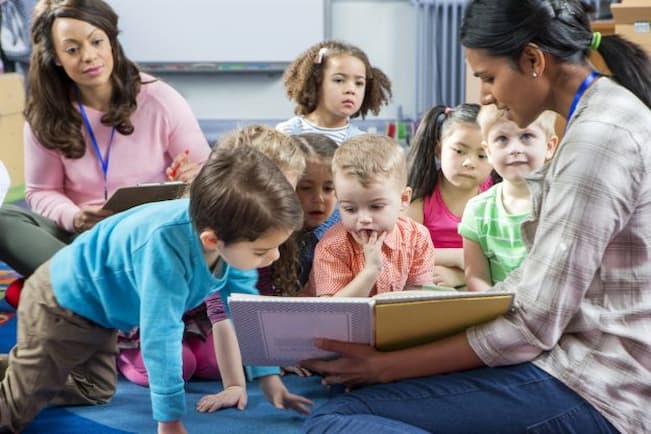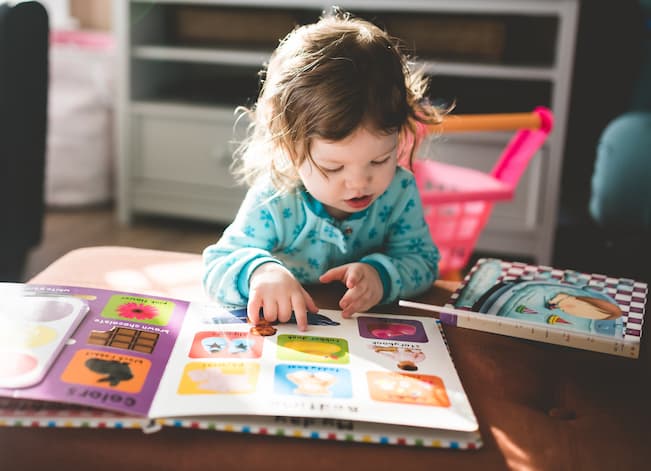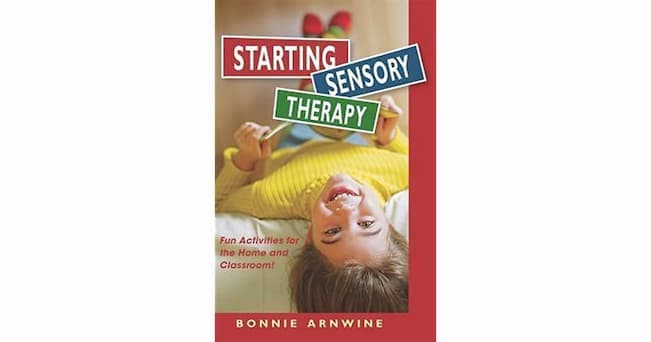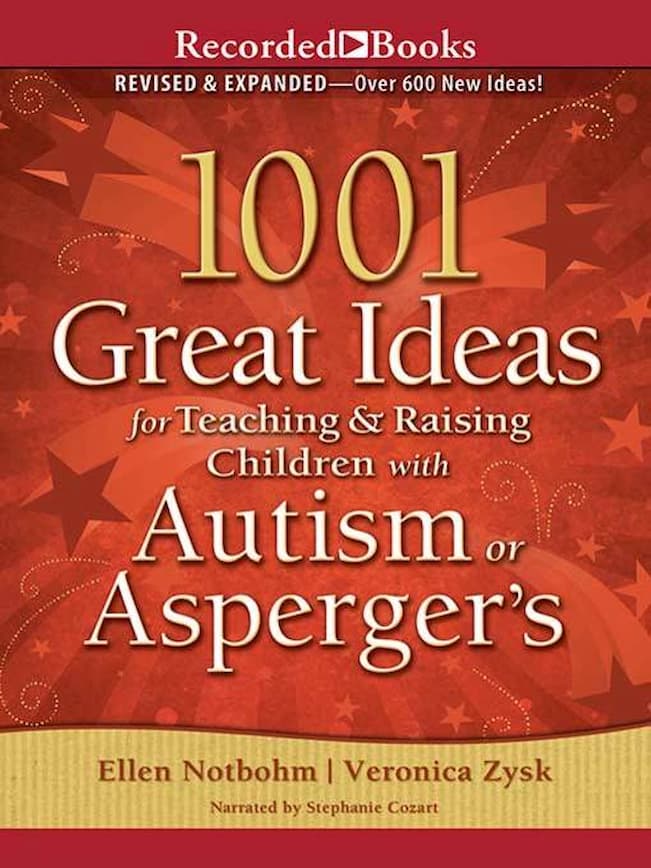There are many lovely activities recommended for children with disabilities – from imaginative play games to painting or singing to stimulate their creativity. However, one of the most recommended activities is sitting in a comfortable position and reading books together, as it can help kids relax and learn some social aspects.
But truth be told, not all books are suitable for children with special needs. In fact, there’re specialized children’s books about disabilities intended to assist professionals, teachers, parents and carers and are also adapted in a way that makes them more acceptable for children who have difficulties with typical books. Let’s learn a couple of more things about these books.
How a Child with Special Needs Can Benefit from These Books

Not all children learn things in the same way, and this is why books for kids with special needs are modified to highlight the aspects of literacy skills while still remaining accessible for them. Some modifications such as physical objects glued to pages, pictures matched to words, page spacers, visuals and movable pictures can be beneficial for these children in a couple of ways:
Books Allow Kids to Focus and Engage
Many kids with disabilities struggle to maintain concentration and stay immersed in different activities, as they tend to lose interest very quickly. These books’ visual aspects will allow children with Autism and other disabilities to stay engaged while they’re reading.
In fact, a study has shown that special needs books that use visual support, tactile objects and specific teaching strategies accompanied by shared reading is very beneficial for children with disabilities, as they need more reinforcement to strengthen their levels of concentration. In other words, this kind of support will attract children’s attention and make them more interested in the tasks in these books, which will help them connect better to what is happening in the book and strengthen their literacy skills.
Help Build Fluency
Sensory books for special needs are designed with interactive media and pictures that help these children develop a better understanding of the content in the book, compared to the books containing only text. On top of that, many of these books feature discussion sheets that can help you plan questions to help your child develop comprehension and other skills such as spelling, counting, colours, sizes and much more.
Easy to Use at Home

Whether you’re a parent homeschooling your child or a teacher working with children with special needs, know that these books are 100% suitable for use at home. This is due to kids books about disabilities being designed by professionals and educators, meaning they’re a great way to make a learning environment into a place where your little one feels comfortable and is more receptive than sitting at a desk.
What Are the Bestselling Books for Kids with Special Needs?
Now that we learned about the benefits, it’s time to pick books that will be appealing to your child. We made a list of the bestselling children’s books about disabilities experts in Australia trust that you can easily find online or in any brick and mortar store.
“There’s a Boy in Here” by Rachel S. Schneider for Children with Autism
This book is mostly designed for teens struggling with autism spectrum disorders, even though it can be useful for people with other sensory processing disorders too. In fact, these people often tend to be misunderstood by others when they over or under-react to different sounds, smells, sights, tastes and movements, and being misunderstood in your teenage years can feel quite scary.
The author of this book, Rachel S. Schneider who is an MA, MHC and SPD advocate and an award winner has shared her personal experience as an undiagnosed teen through hilarious situations and anecdotes. She also gives very valuable tips and tricks to break the challenges of sensory teenagehood and survive and thrive in this big and scary environment.
“Starting Sensory Therapy” by Bonnie Arnwine for Children with SPD

If your little one has recently started SPD therapy, and you’re a busy parent that can’t spend much time at home, this is one of the must-have sensory storybooks. The author herself is a parent of a child with sensory processing disorder who wants to help other parents by tailoring fun activities, giving time-saving tips and a lot of cleanup techniques that only require a couple of minutes.
“My Friend Manny” by Jodie Adams for Children with ADHD
Attention Deficit Hyperactivity Disorder (ADHD) is a condition that affects a person’s attention and self-control since earliest childhood. This is why Jodie Adams, the author of this book has adapted it for home, Early Childhood Services and Primary Schools to help children between 4 and 9 years to build friendships and encourage acceptance.
On top of that, “My Friend Manny” features professional illustrations and sends a really important message that children should be able to grow at their own pace in a tolerant, understanding and accepting environment.
“I Have a Worry” by Tanya Balcke for Children with Anxiety
“I have a worry” is one of the bestselling books for children due to the concept it uses to encourage children to express their feelings. More specifically, the little purple worry allows children to consider their worries and problems using a concrete tool, where they can give it to someone else for some time or keep it.
Not only is this very useful to help your anxious child decide whether they’ll allow the worry to control them or not, but it’s also excellent to help build a set of skills for expressing feelings and self-control.
“1001 Great Ideas for Teaching and Raising Children with Autism or Asperger’s” by Ellen Notbohm and Veronica Zysk

Even though mostly intended for parents and carers, this book is a great source of practical advice to help children grapple with social, sensory, behavioural and self-care issues. The authors of this book have put together a bunch of positive strategies for dealing with issues such as sleep disorders, toilet training, social skills and other sensory dysfunctions. In addition to this, they also provide a bunch of possible situations as well as appropriate solutions for each of these difficulties.
























